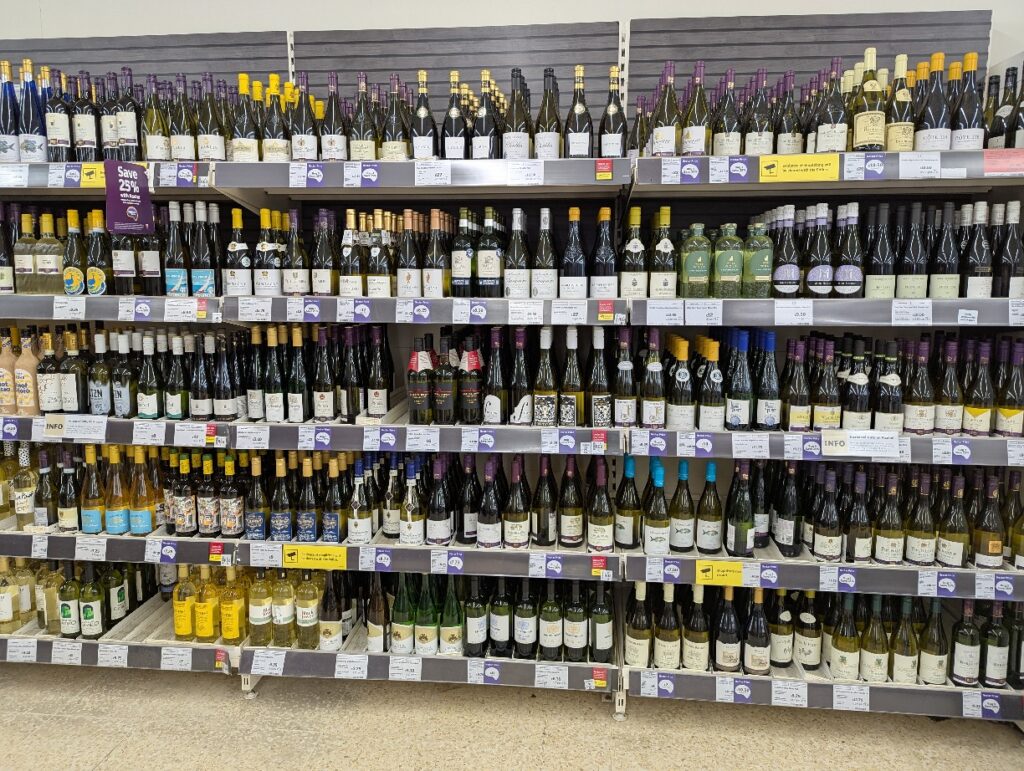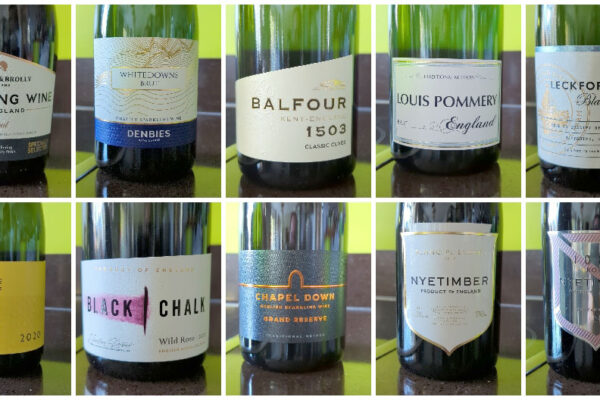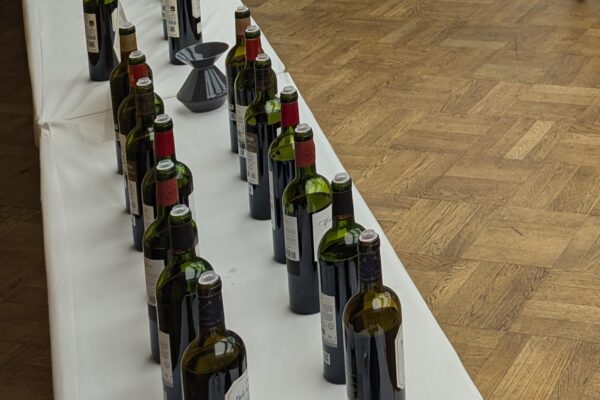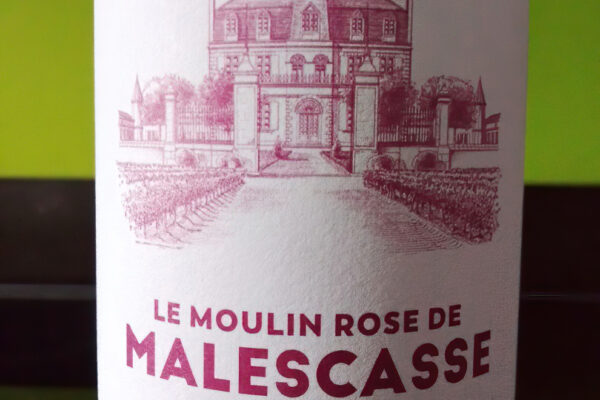
When I go to tastings and scan wine ranges for offers across supermarkets, I am starting to notice the same thing: the lists are slowly shrinking. People might be noticing price increases, but the real story is the gradual narrowing of what’s actually available. It prompts an uncomfortable question: have we gone past peak wine choice?
Inside the trade, the mood points in that direction. The industry seems to be focussing on managing contraction rather than chasing expansion. Consolidation dominates the conversation. Large players such as Vinarchy are severely cutting down on their brands. Big distributors are turning away hundreds of small wineries because there’s simply no space for them, and even those who make it onto a list get a tiny footprint and little support. Supermarket choice is shaped by a handful of national buyers who are starting to optimise for efficiency, not discovery, so shelves are starting to reflect the needs of scale, not diversity.
This rationalising of SKUs sounds tidy on paper but is hollowing out the middle ground, where so many characterful everyday wines once thrived. Supermarkets that could, in theory, express thousands of unique selections are now starting to deliver something close to similar in every postcode.
Meanwhile, the wider cultural picture is shifting against wine. Global consumption has been falling for a decade, driven not by economic dips but by changing attitudes. People are drinking less alcohol overall. Younger adults in particular are turning to low-alcohol drinks and canned cocktails. Some are choosing substances they see as less harmful or more manageable, such as cannabis or small doses of psychedelics. Others are avoiding alcohol entirely. Weight-loss drugs and a new health narrative have made wine feel more troubled than indulgent, with public-health messaging increasingly firm that no amount of alcohol is safe.
Demographics add further pressure. Traditional wine-drinking countries are ageing, baby boomers are spending less and younger generations show no rush to replace them. In regions like Bordeaux the strain has already led some growers to pull up vines, and there has been some recent further consolidation.
Yet the picture isn’t uniformly bleak. More expensive wine still attracts collectors, much like luxury watches do in a digital world. Everyday drinkers now sometimes enjoy unusually good value as demand softens.
But when I walk the aisles and see ranges thinning month by month, it’s hard to avoid the conclusion. Wine isn’t disappearing, but the space for curiosity is slowly contracting. Whether or not we have gone through peak wine choice, the forces narrowing the shelf feel deeply entrenched and the challenge in the more-distant future might be finding producers and bottles that make discovery worth the effort.













